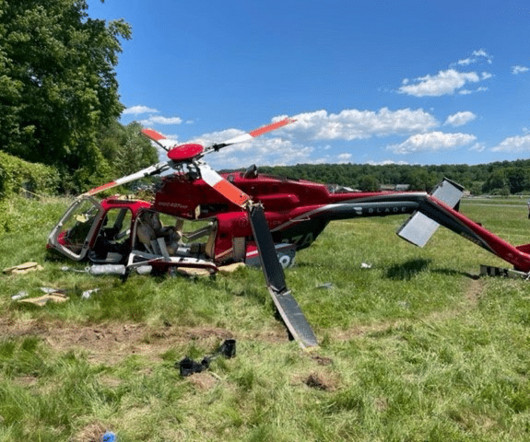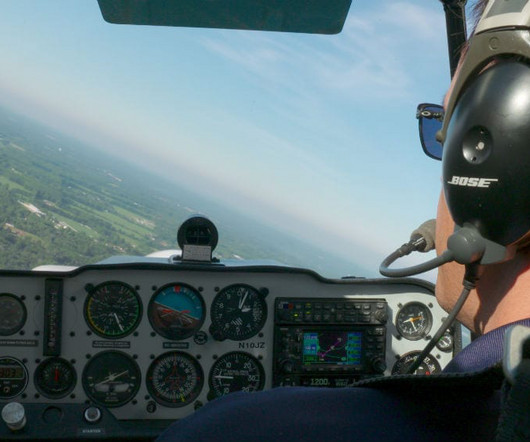Unstable approaches
Professional Pilot
AUGUST 8, 2024
Challenger 604, G-IV Contributing Writer Pilatus PC-12 on approach at ORL. Air traffic control instructions often lead to unstable approaches. The request to make a short approach or maintain a higher-than-normal speed to the final approach fix is the most common reason pilots don’t meet stable approach criteria.












Let's personalize your content